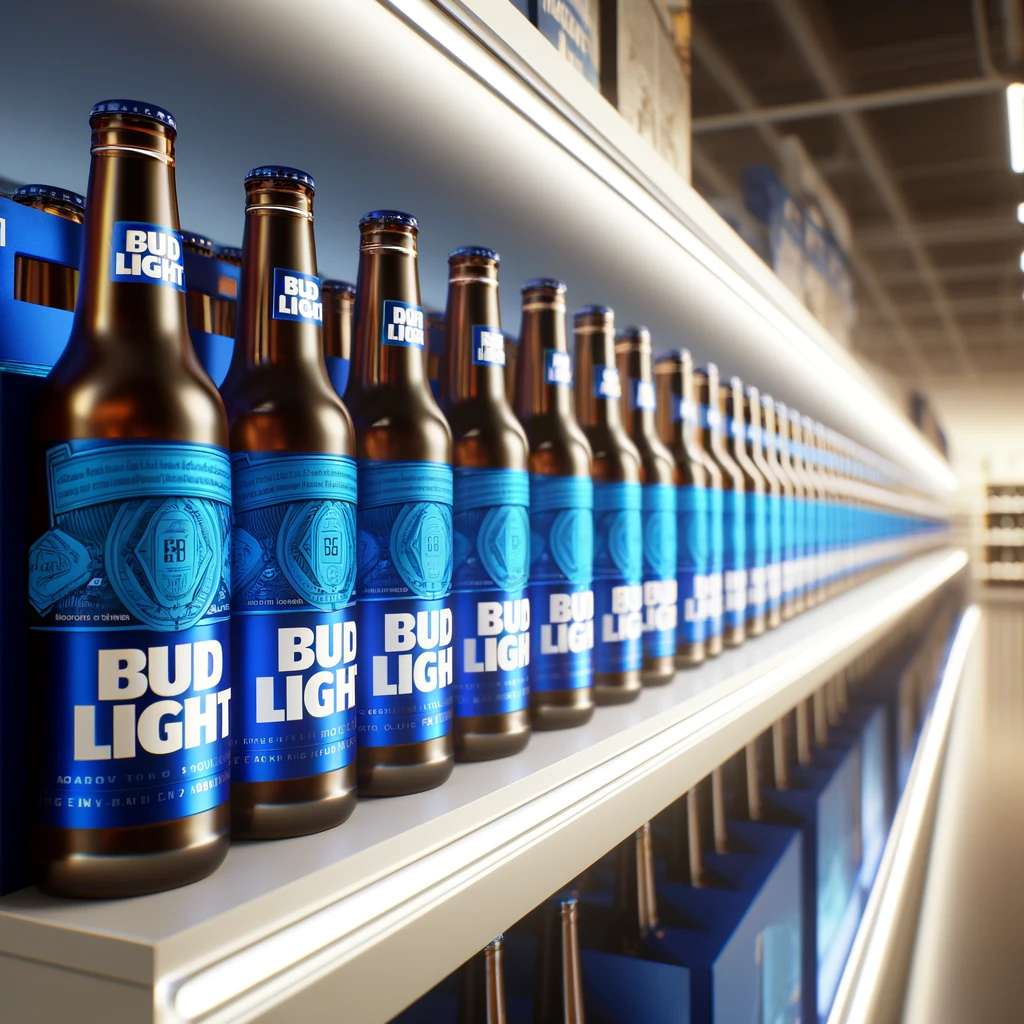In the vast world of beverages, few brands hold as much sway as Bud Light. From tailgate parties to backyard barbecues, Bud Light has established itself as a staple in American culture. But what factors contribute to its sales success? Join us as we dive into the world of Bud Light sales and uncover the trends and insights driving its popularity.
The Rise of Bud Light
Bud Light has a long and storied history, tracing its roots back to the Anheuser-Busch brewery in St. Louis, Missouri. Since its introduction in 1982, Bud Light has steadily risen to become one of the best-selling beers in the United States, thanks in part to its light and refreshing taste.
Understanding Consumer Preferences
What sets Bud Light apart from other beers? It all comes down to consumer preferences. With its crisp flavor and low calorie count, Bud Light appeals to consumers seeking a refreshing beverage without the heaviness of traditional beers.
Marketing Strategies
The success of Bud Light can also be attributed to its clever marketing strategies. From memorable advertising campaigns to strategic partnerships with sports leagues and events, Bud Light has mastered the art of connecting with consumers and staying top of mind.
Seasonal Variations
Like many beverage brands, Bud Light experiences seasonal variations in sales. For example, sales tend to spike during the summer months as consumers flock to outdoor gatherings and events where cold beverages are a must-have.
Competition and Market Dynamics
Despite its dominance in the beer market, Bud Light faces stiff competition from other brands vying for consumer attention. Brands like Coors Light and Miller Lite are constantly innovating and introducing new products to stay competitive.
The Impact of COVID-19
The COVID-19 pandemic has had a significant impact on the beverage industry, including Bud Light sales. While on-premise sales may have declined during lockdowns, off-premise sales saw an uptick as consumers stocked up on beverages for home consumption.
Future Outlook
Looking ahead, the future appears bright for Bud Light sales. With its loyal fan base and innovative marketing strategies, Bud Light is well-positioned to maintain its status as a top-selling beer brand for years to come.
FAQs About Bud Light Sales
Q1: Why is Bud Light so popular?
A: Bud Light’s popularity can be attributed to its crisp flavor, low calorie count, and effective marketing strategies that resonate with consumers.
Q2: How has COVID-19 affected Bud Light sales?
A: The COVID-19 pandemic has led to fluctuations in Bud Light sales, with on-premise sales declining while off-premise sales experienced growth as consumers shifted to home consumption.
Q3: What marketing strategies does Bud Light employ?
A: Bud Light utilizes a variety of marketing strategies, including memorable advertising campaigns, strategic partnerships with sports leagues, and innovative social media initiatives.
Q4: What are some seasonal variations in Bud Light sales?
A: Bud Light sales tend to spike during the summer months as consumers gravitate towards refreshing beverages for outdoor gatherings and events.
Q5: How does Bud Light stay competitive in the beer market?
A: Bud Light stays competitive by continuously innovating, introducing new products, and staying engaged with its consumer base through targeted marketing efforts.
In conclusion, Bud Light sales are driven by a combination of factors, including consumer preferences, marketing strategies, seasonal variations, and competition dynamics. By understanding these trends and insights, beverage brands can better position themselves for success in the ever-changing marketplace.

